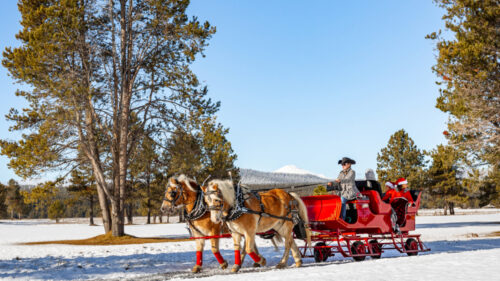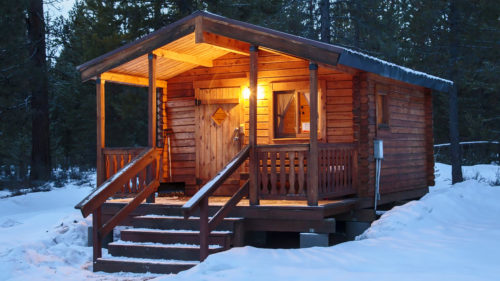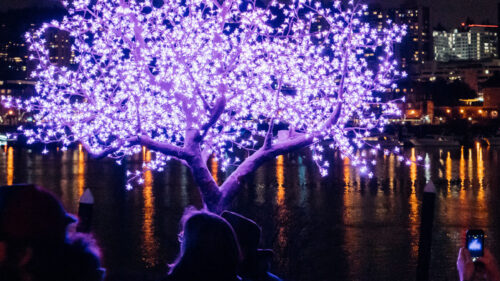Hunting for that perfect evergreen fir for the holidays? You’re in luck. Oregon grows nearly a third of the country’s Christmas trees — more than any other state. In 2017 Oregon harvested 4.7 million Christmas trees, most of them destined for export, but more than enough for all those who celebrate the holiday in Oregon. Here’s a look at what happens on the journey from forest to holiday home, and how the industry is making strides to produce more sustainable trees.
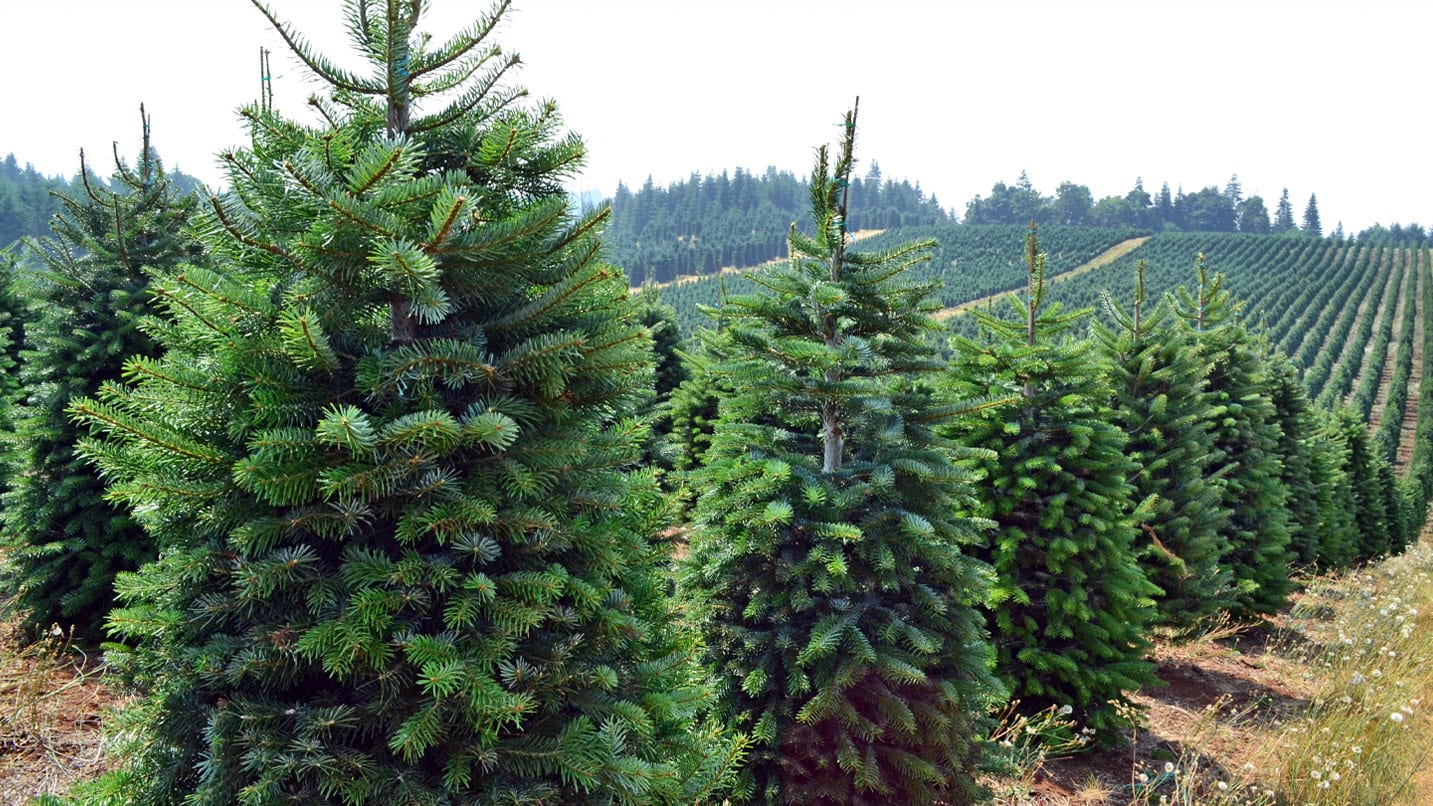
Growing Sustainable Christmas Trees
For decades most Christmas trees were wild harvested. “It became obvious that wasn’t a sustainable operation, so the industry moved to plantations on agricultural land,” says Chal Landgren, Christmas tree specialist at Oregon State University Extension. Now Christmas trees are cultivated like other row crops. Though there are growers statewide, the Willamette Valley is Christmas tree central thanks to good soil, adequate rainfall and a favorable growing season.
By far the most common species are native Douglas fir and noble fir, which account for 90% to 95% of all Christmas trees grown in the state. Some people prize Douglas fir for its dense branching pattern and sweet-smelling foliage, while others prefer noble fir for its distinctive silver-blue needles and evenly spaced branches, which are ideal for hanging ornaments.
Ever wonder why Christmas trees have such even shapes in the field? Starting in the second or third fall after planting, crews come in with shearing knives and shape the trees, a practice that takes place every year until harvest.
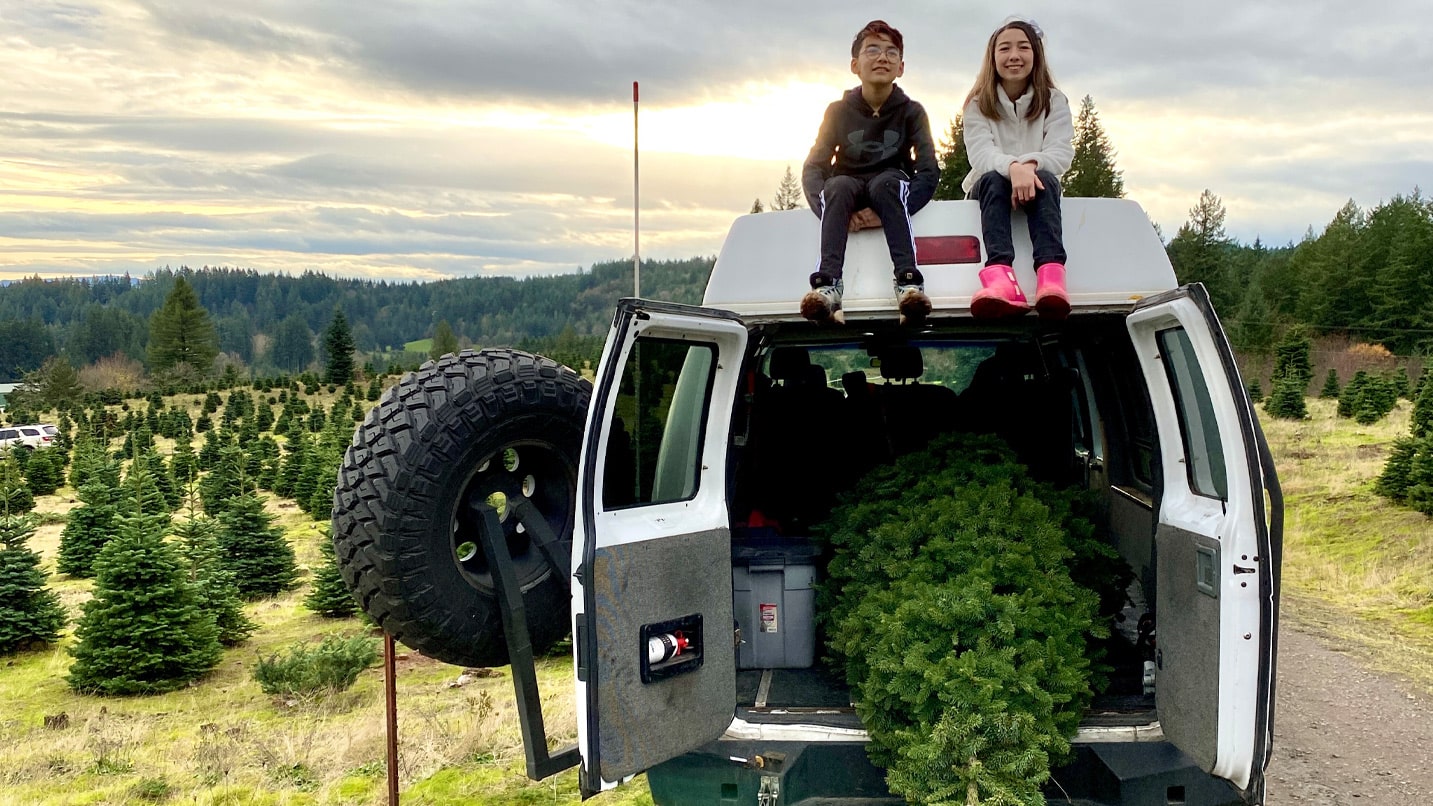
Selecting A Sustainably Grown Tree
If you’ve ever opted for a live tree over a plastic one, you’ve already made a more sustainable choice, not to mention one that smells a whole lot better. Live trees sequester carbon up until they’re harvested, and growers typically replant at least one tree for every one they harvest. While plastic trees are destined for the landfill, real trees are easily recycled. The Christmas tree industry also supports hundreds of jobs across the state.
All growers of Christmas trees must obtain a license and are visited by inspectors annually. About six years ago, Landgren created the Socially & Environmentally Responsible Farm Christmas tree certification program to encourage growers to embrace sustainable practices. It measures performance in categories like water use, encouraging biodiversity and labor practices. So far participation has been modest, but that doesn’t mean other farms don’t follow best practices, says Landgren.
For example, Holiday Tree Farms in Corvallis, the state’s largest supplier of Christmas trees, uses cover crops, a no-till planting method, and green buffer strips to prevent erosion and protect waterways. While many growers use sprays to control aphids, Tom Norby of Trout Creek Tree Farm east of Portland swore off insecticides in 2006 and began releasing swarms of ladybugs, green lacewings and praying mantis, all of which eat aphids, the bane of Christmas tree growers. A commercial beekeeper also brings his hives to Norby’s farm in late summer, where the honeybees feast on honeydew.
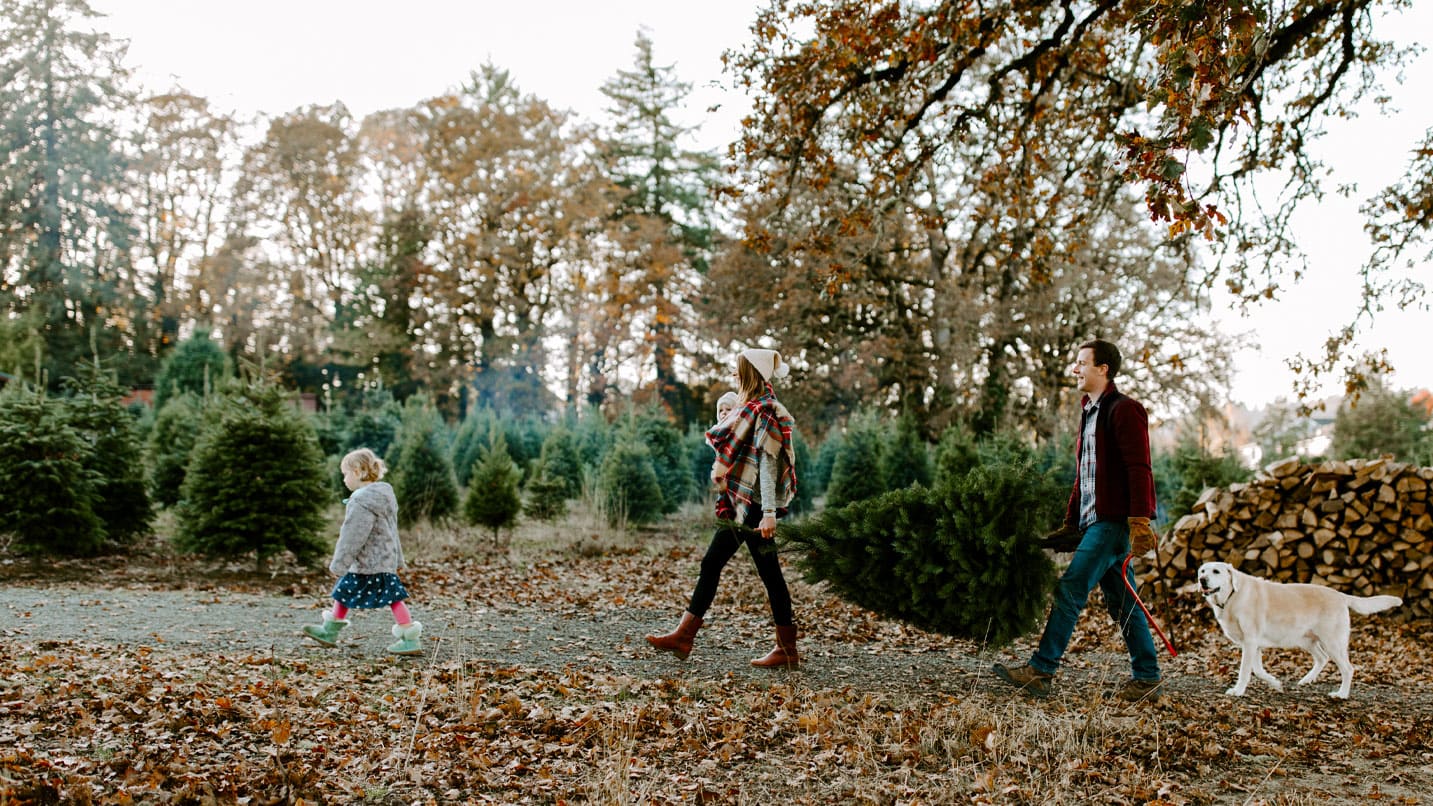
Harvesting and Recycling Your Tree
While it may be hard to know exactly which farms supply the trees at big box or grocery stores, you can be more deliberate by choosing an Oregon U-cut farm. Find U-cut farms near you by clicking on your region on this website. The listings note if a grower claims to follow organic practices or doesn’t use pesticides. Keep in mind that information may not be up to date, so always call ahead before you visit a farm.
Once there, look for healthy trees and signs that the grower is taking care to keep the soil from eroding and runoff from flowing into creeks, says Landgren. Some growers plant cover crops or line their fields with straw bales, for example. Keep in mind that drought and heat waves take a toll on Christmas tree farms and needles may show damage.
Some places for great outings in the Willamette Valley include Beaverton Holiday U-Cut Farm, which features pesticide-free trees, or Northern Lights Christmas Tree Farm near Eugene — a complete holiday experience with handmade fresh wreaths and a cute shop. Pollard Ranch near Portland offers sustainably farmed trees, plus hot cocoa and a place to warm up by the fire. In Wilsonville, Santa visits Frog Pond Farm on select Saturdays; llamas, goats, donkeys and a camel are there every day.
Many Oregon families make it a tradition to head out into the forest to hike in a beautiful area and select their own tree to source in the wild. You’ll need to obtain a permit and pay a small fee of $5 to harvest your own tree in national forests across the state. (You can find the one nearest you using this map.) Be sure to check the requirements specific to each forest. Since you are essentially helping to thin young trees, select one that is crowded near others, not growing all by itself, suggests Landgren.
After the holidays, be sure to recycle your tree. Many Oregon cities have green-debris recycling and will accept Christmas trees. In Portland, Trout Unlimited hosts an innovative program called Christmas for Coho, where they place trees in ponds and creeks to help create habitat for young salmon.
